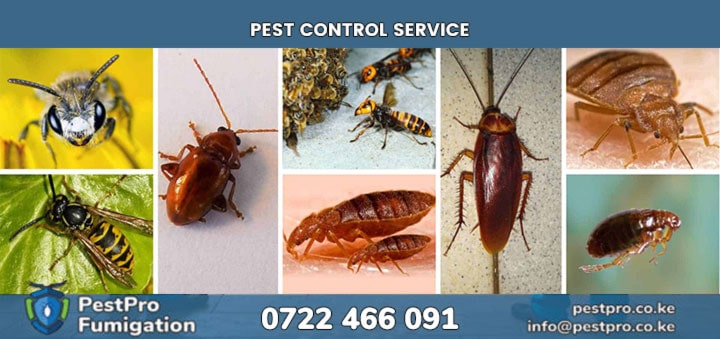Dry Season Pest Control Strategies for Central Kenya
Central Kenya's dry seasons present unique pest control challenges as insects and rodents concentrate around remaining water sources and seek shelter in human-occupied buildings. Extended drought conditions alter pest behavior patterns, often driving outdoor populations indoors where they compete for limited resources and establish persistent infestations.
Seasonal Pest Behavior Changes
During dry periods, ants become increasingly aggressive in searching for water and food sources, often forming large trails between outdoor colonies and indoor resources. Sugar ants and other species commonly establish satellite colonies in wall voids and other protected areas with access to moisture from plumbing leaks or air conditioning condensation.
Rodent populations concentrate around available water sources, making properties with swimming pools, irrigation systems, or water storage particularly attractive. These pests become more bold and persistent in accessing buildings, often causing increased structural damage as they gnaw through barriers seeking water and shelter.
Cockroaches and other moisture-dependent insects migrate toward any available humidity sources, including bathrooms, kitchens, and areas around water heaters or washing machines. These concentrations can lead to rapid population growth once insects establish themselves in favorable microenvironments within otherwise dry buildings.
Water Source Management
Effective dry season pest control requires careful management of water sources around properties to deny pests the resources they desperately seek. Fix plumbing leaks immediately, even minor drips that might seem insignificant during wet seasons become major attractants when water becomes scarce throughout the environment.
Secure water storage systems including tanks, barrels, and irrigation equipment with tight-fitting covers that prevent pest access while maintaining water conservation capabilities essential during drought periods. Consider installing automatic watering systems that minimize standing water while maintaining landscape vegetation.
Remove or empty decorative water features, bird baths, and other non-essential water sources that attract insects and provide breeding sites for mosquitoes and other pests. Pet water bowls should be refreshed daily and placed in locations that don't create spillage or humidity that attracts unwanted insects.
Indoor Climate Control and Sealing
Maintain indoor humidity levels between 30-50% using dehumidifiers or air conditioning systems to create less favorable conditions for moisture-seeking pests. This approach particularly helps control cockroaches, silverfish, and other insects that require high humidity for survival and reproduction.
Seal building envelopes more thoroughly during dry seasons when pest pressure increases around remaining moisture sources. Use expanding foam, caulk, and weatherstripping to close gaps that might allow entry of insects and small rodents seeking indoor resources.
Install door sweeps and repair damaged screens to maintain barriers against pests while allowing ventilation that prevents moisture buildup. These measures become particularly important during dry seasons when pest pressure around buildings reaches peak levels.
Vegetation and Landscape Management
Modify landscaping practices to reduce pest attractiveness while conserving water during drought periods. Choose drought-resistant plants that require minimal irrigation, reducing the moisture gradients that attract various pest species to residential properties.
Maintain mulch at minimal depths and keep it away from building foundations to eliminate harborage areas where pests concentrate during hot, dry weather. Consider inorganic alternatives like gravel or stone in areas immediately adjacent to buildings.
Prune vegetation regularly to improve air circulation and eliminate dense growth that provides shelter for pests during extreme weather conditions. Remove dead plant material promptly as it can provide food sources for insects and nesting materials for rodents seeking shelter during harsh weather.
More pest Control ServicesPestPro Facebook Page
Medium
